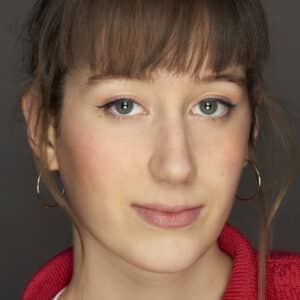Winter 2017. Noh Cheol Min was a soldier in North Korea. The day before, the regimental commander had accused him of stealing extra rations. There were blows, shouts, insults. Alone at his post in the freezing cold, Noh Cheol Min had nothing left to ...



